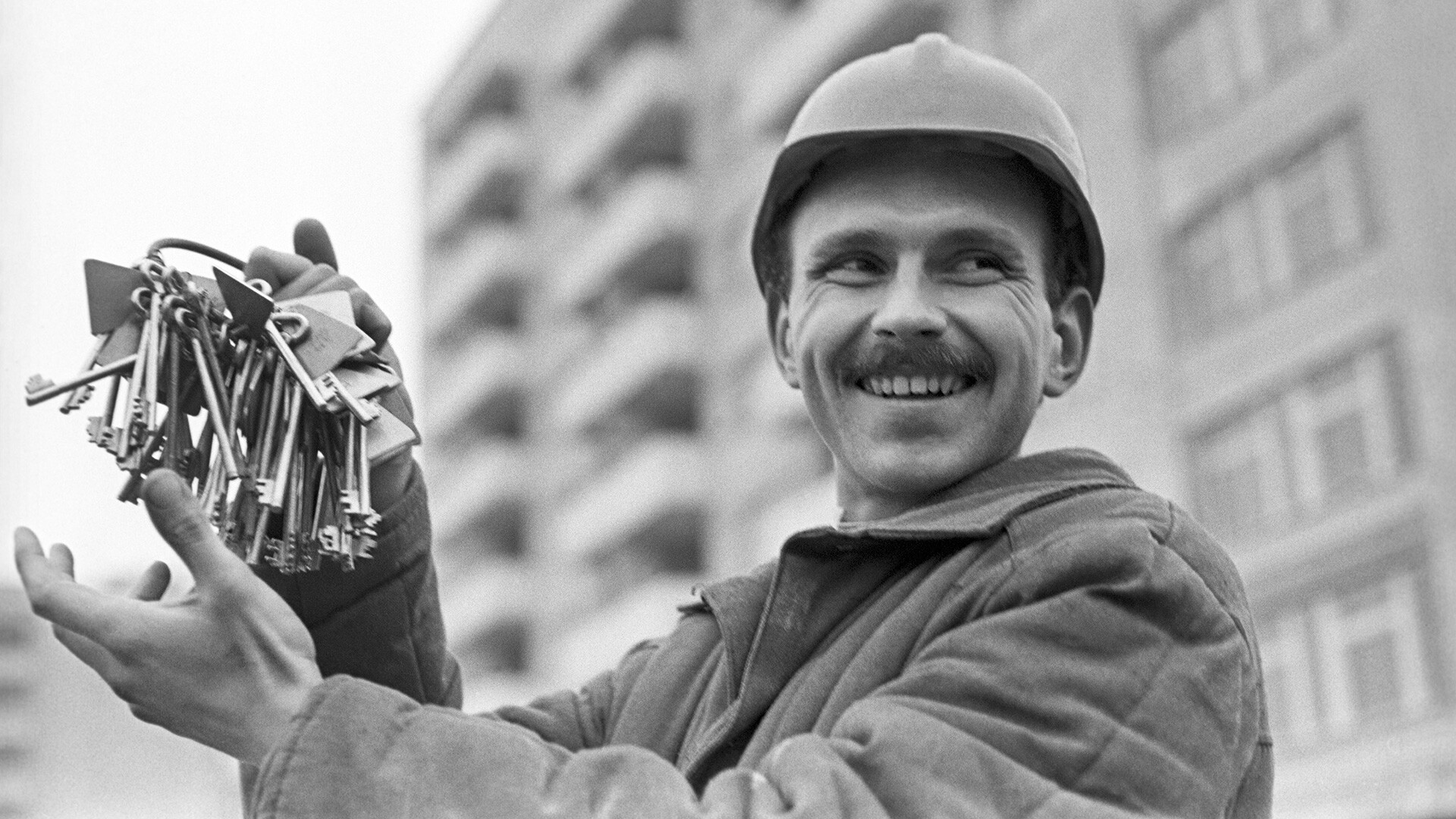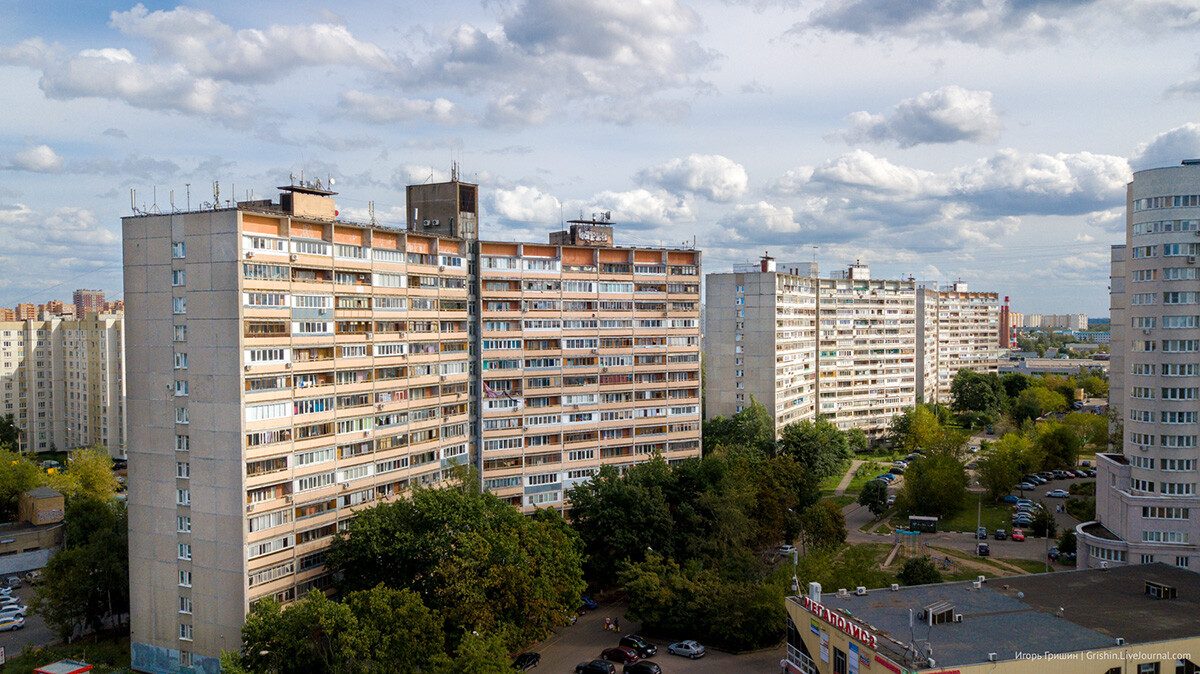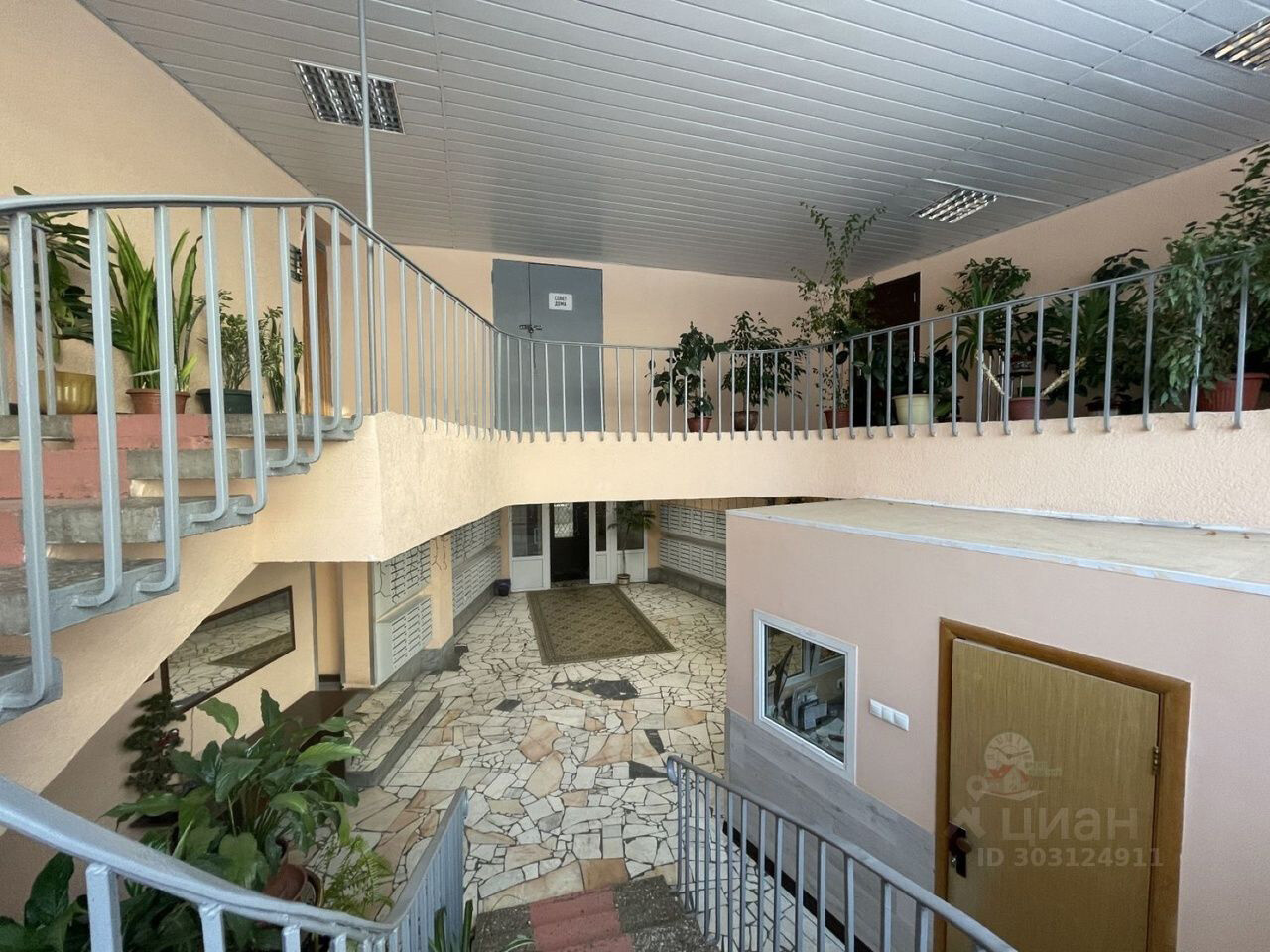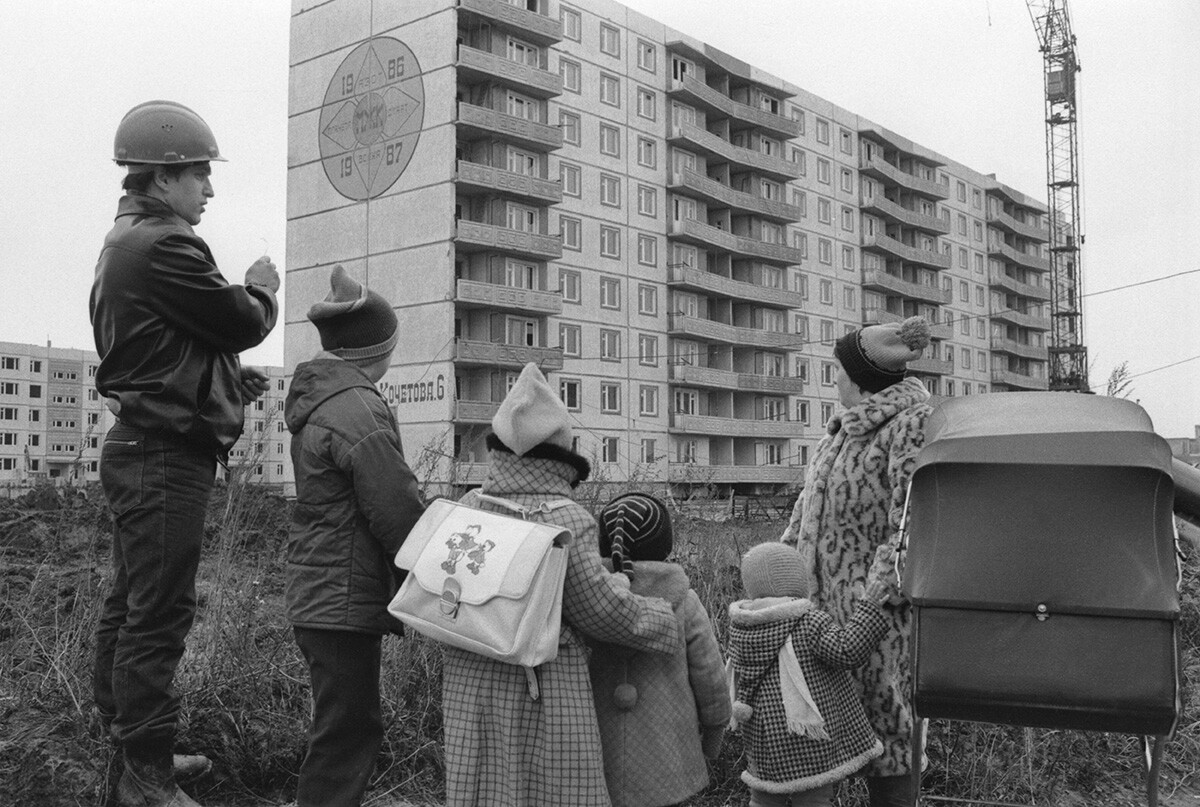
Most of the apartments in the Soviet Union were provided by the state according to an official waiting list. Usually, people got in line only when they had children and, before that, they would live with their parents or in a dormitory. The waiting line could be as long as 5 or even 20 years.
In 1968, young scientists from the Moscow suburb of Korolev decided to build an apartment block by themselves… for themselves. Their idea was supported at government level.
In the 1960s, scientists moved en masse to Korolev, where they were developing Soviet cosmonautics. As a result, they faced a housing shortage.
Several employees of space enterprises came up with the idea of building a residential complex intended for young families. And where there would be not just apartments, but infrastructure for collective life. For example, evening kindergartens, where neighbors would take turns on duty; communities for discussing books or scientific works of colleagues; sports clubs for teenagers and so on. The houses were to be shaped like open books with an “insert” in the middle, where all these areas would be located. It took the workers almost five years to go through all the instances and the construction itself took the same amount of time.
The City Council of Deputies approved the residential complex and allocated a plot of land for the development. It was to house three 16-storey buildings with 900 apartments (VLKSM Street, 2, 4 and 18/6).
Then, the enthusiasts contacted ‘MNIITEP’ (Moscow Research and Design Institute of Experimental Design Typology) to develop a construction project for the future residential complex. According to the agreement, the architects were to receive apartments in it.

The construction itself was financed by the USSR Ministry of General Machine Building (it coordinated the work of space enterprises).
‘Glavmosstroy’ provided professional builders and the necessary equipment, but set a condition: future residents had to work on the construction site themselves. Engineers, cosmonauts and doctors of sciences were released from work in their space research institutes for six months and received salaries as builders. Then, people returned to their scientific work and were replaced by others.
The allocation of apartments was done by commissions at Korolyov’s enterprises and the final lists of residents were approved by the complex’s coordination council. In addition to those who directly constructed the buildings, the most valuable employees received apartments. But the sizes of these apartments were based on Soviet standards.
Thus, a family with one child received a two-room apartment of about 50 square meters; a family with two and/or three children – a three-room apartment (about 75 square meters). In Korolyov, there were also 35-meter one-room apartments for a couple without children, as well as small apartments for singles. They were distributed among PhD candidates.

As a result, 900 families, which is more than 3,000 people, received their housing.
In addition, the coordination council ensured that the state provided a 1,000-ruble loan for furniture in each apartment. And since furniture was in short supply, the council also secured direct deliveries of furniture for the new residents.

The project impressed the Soviet leadership at the highest level and before the collapse of the USSR, such youth complexes were built all over the country: in Arkhangelsk, Novosibirsk, Naberezhnye Chelny and many other cities.
Dear readers,
Our website and social media accounts are under threat of being restricted or banned, due to the current circumstances. So, to keep up with our latest content, simply do the following:
If using any of Russia Beyond's content, partly or in full, always provide an active hyperlink to the original material.
Subscribe
to our newsletter!
Get the week's best stories straight to your inbox